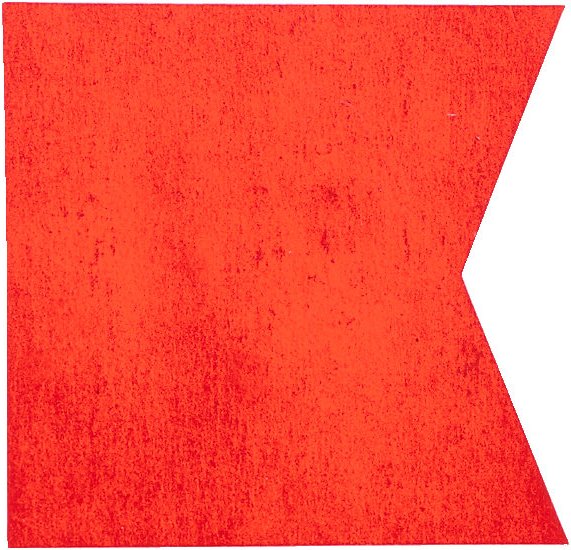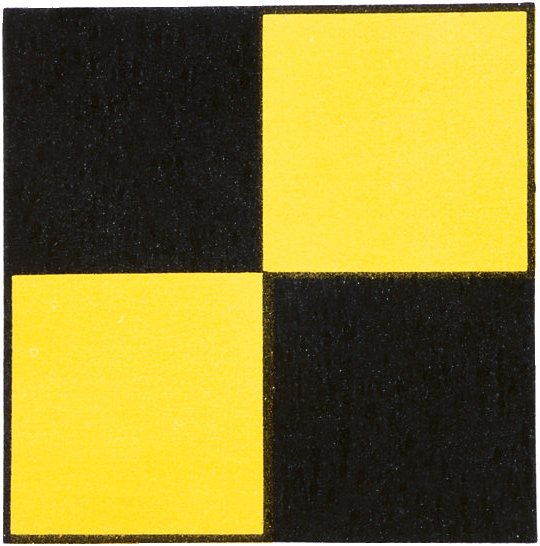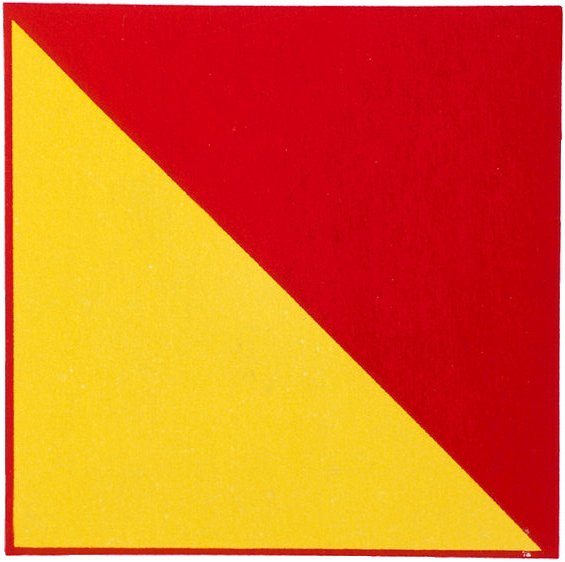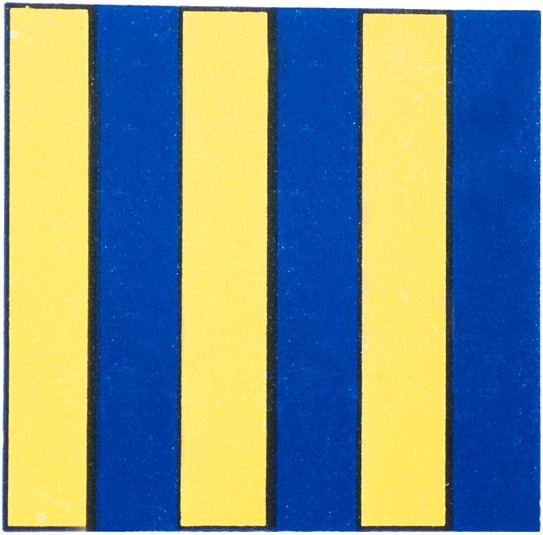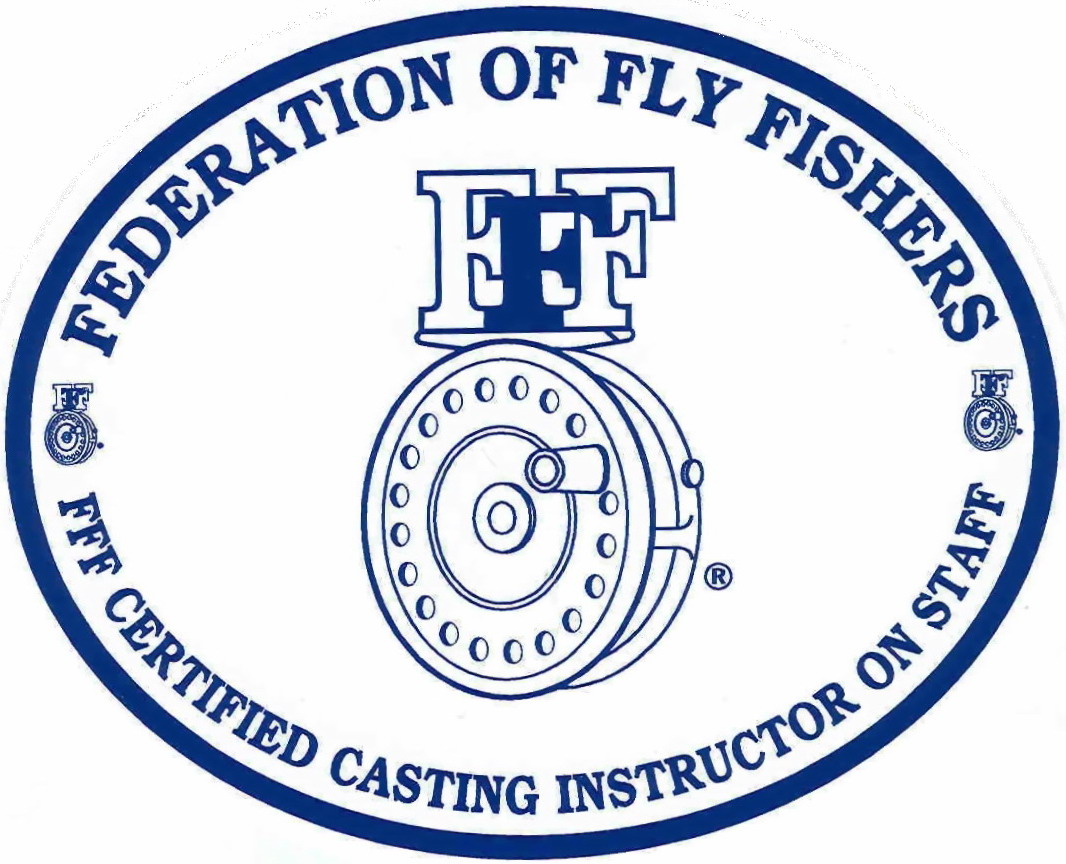What Fly Patterns Do You Really Need?
by Captain Jim Barr on 09/14/16
I have tied both freshwater and saltwater fly patterns for a very long time. Someone once said... "well, in the long run you will end up saving lots of money by tying your own".... Not!
You end up buying tons of materials, tools, hooks and books, and ... the list goes on forever. No, at the end of the day most anglers who tie their own patterns end up spending a lot more money on the latest and greatest of supplies and never get anywhere near a positive ROI. I have never tied flies commercially nor have I ever been even remotely interested in doing so. I would make more money selling pencils on main street and in the process preserve my eyesight and not have to manage a huge inventory of fly tying materials. However, tying is not just an exercise in an effort to save money, it's much more. It's about being creative, having fun, and it fills the down time particularly during the winter months when many of us are closed-in due to the elements etc. I still enjoy going into a fly shop and marveling at the tremendous array of fly patterns and scanning the walls and bins marveling at all the latest and greatest of esoteric materials. I also get a kick out of the creative names for some of the fly patterns, and certain tyer's who feel compelled to slap their name on the pattern as if it's the first of it's kind ever produced. It's all good as far as I'm concerned.
On my boats I carry a lot of fly boxes that are loaded with flies of every shape, color and size. Most are the basic patterns that have been around for many years, however some are the more advanced and material intensive patterns like the ones in the fly shop. Many of these fancier ties come from articles on fly tying that I've read that looked fun to tie nad experiment with and that just might make the difference in getting a hookup.
Despite having these huge collections of fly patterns, typically I end up using about five or six that do the trick from the first stripers arriving in April to the last fish to swim our waters in October and early November before they go south for the winter.
Just for kicks I contacted a number of fly fishing guides as well as hard core recreational fly anglers to poll them as to their successes with various patterns. The exercise was designed to develop a short list of patterns that work year-in and year-out in our regional waters so that if you were so inclined you could streamline your fly boxes, simplify things and cut costs. What I expected from this project proved to be the true. Here are the top eight fly patterns chosen by ten very experienced northeast professional and recreational anglers.
Anglers polled all noted that these patterns should be tied on hooks ranging from size 2 for the smaller forage species such as cinder worms, sand eels and surf candy's, to upwards of size 6/0 for the larger baitfish-type of patterns such as the Clouser Minnow, Lefty's Deceiver, Gartside Gurgler and Squid. Color choices most often suggested included Chartreuse, Green, Tan, Yellow and White, and reds/browns and tans for the Cinder Worm imitations.
So, what's the point?... simple, if you don't want to spend a lot of money or waste a lot of time tying or shopping for the fancy and more costly fly patterns, chances are very good that with these eight patterns, in varying sizes and color combinations, should be enough do the trick.
 |
| Bay Anchovy |
 |
| Surf Candy |
 |
| Squid |
 |
| Lefty's Deceiver |
 |
| Hines Cinder Worm |
 |
| Sand Eel |
 |
| Gartside Gurgler |
 |
| Clouser Minnow |
Comments (0)
